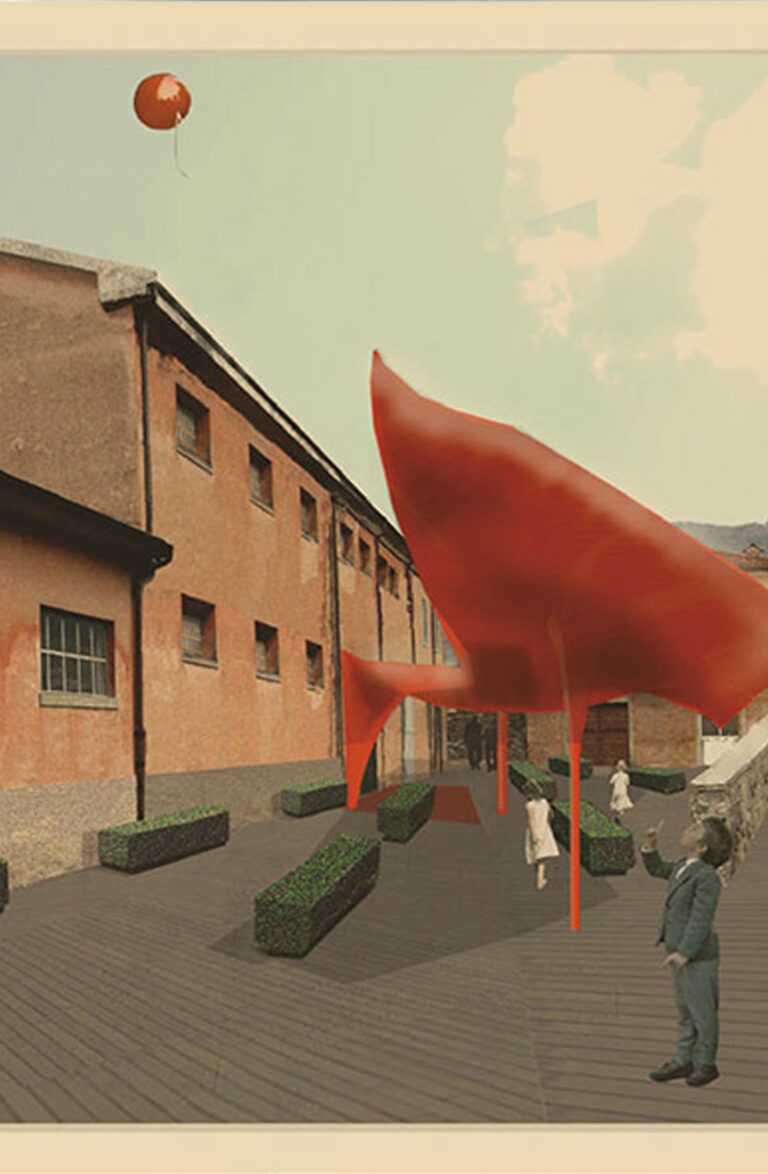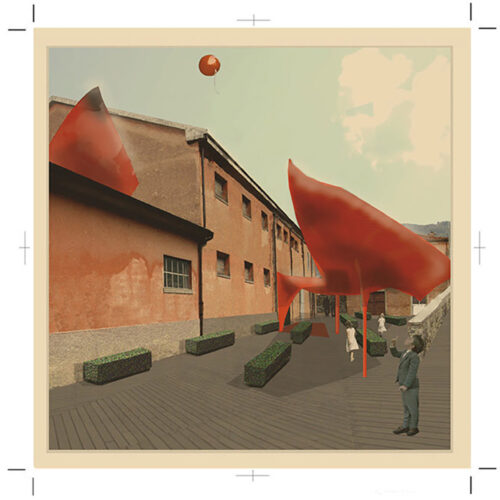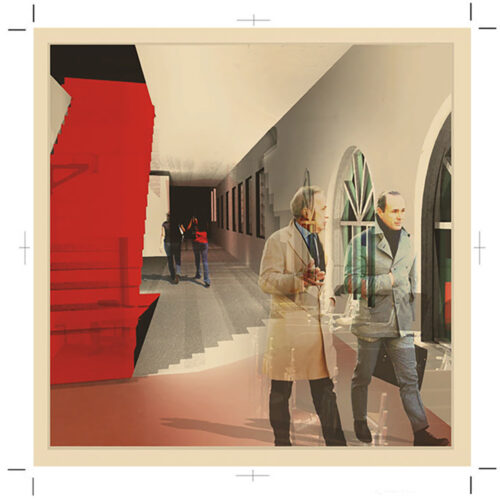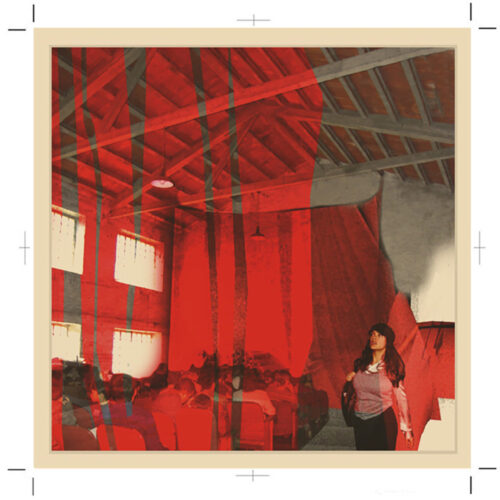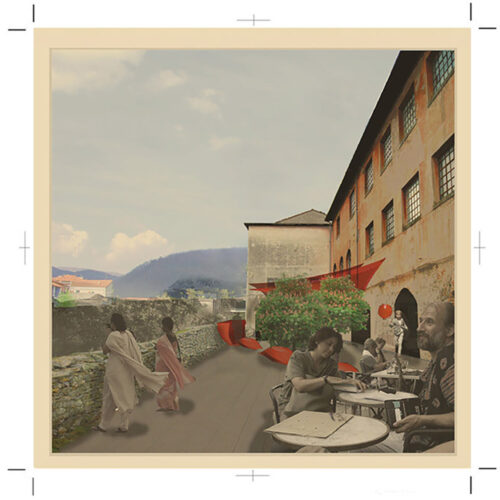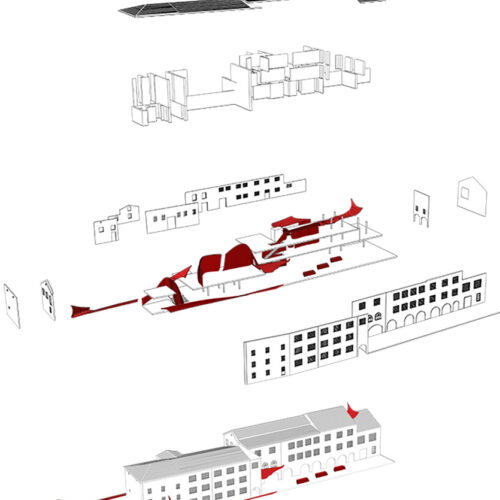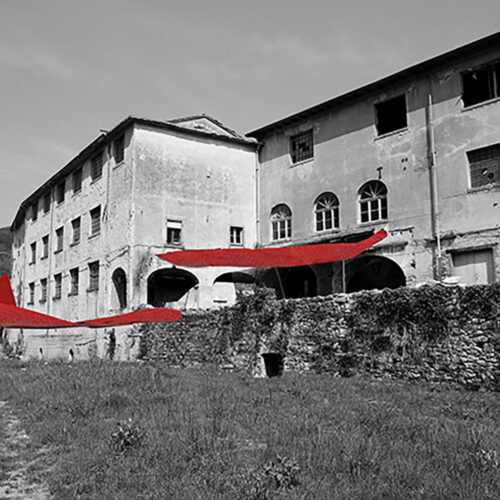Pontremoli, Italy
Cultural Arts Facility (2010)
The Fabrica building presents a unique opportunity to bring a tailored Arts Facility to Pontremoli and Tuscany. Its location, adjacent to the Magra River, provides an ideal backdrop and outlook. The existing building is filled with a complex history. This design proposal aims to capitalise on the site of the Fabrica, its history and the weathered beauty of the existing factory.
The Fabrica itself has changed from being a chestnut mill powered by river water to an underutilised series of rental tenancies. The building’s original importance and role is no longer relevant, however the memories and traces of history remain. Adaptive reuse as cultural facilities will ensure the building becomes an active contributor to the life and culture of Pontremoli.
The Pilgrimage as Ribbon
“A man should undertake this [pilgrimage] voyage solely with the intention of visiting, contemplating and adoring the most Holy Mysteries. And not with the intention of seeing the world, or from ambition, or to be able to say “I have been there” or “I have seen that” in order to be exalted by his fellow men.” – Santo Brasca, an Italian on pilgrimage to Jerusalem, 1481 in Curiosity and Pilgrimage (1976, p.42)
The Fabrica site is located on the original pilgrimage route (or Francigena) to Rome. This design respects and celebrates this significant historical trace. As a response to the idea of a pilgrim’s journey, an architectural ribbon element has been inserted into the interior of the original factory building. The ribbon makes reference and draws from not only of a pilgrim route, but other lines including river, railway, and tunnel surrounding the site.
It is proposed that the building remain intact as a historical piece. It will be painted a stark fresh white on its interior. The contrast between the ribbon and existing building is important. The outer skin is seen as worn, robust and historical. The inner ribbon celebrates newness, added facilities – which embellish the existing functions of the building – and is deliberately contemporary. Like fettuccini, the ribbon will taper through the existing building. At its exposed ends, it will become important entry canopies. In the Fabrica’s interior, the ribbon will transform from a heavy acoustic curtain in the new Theatre space, then to stair elements in the Gallery.
